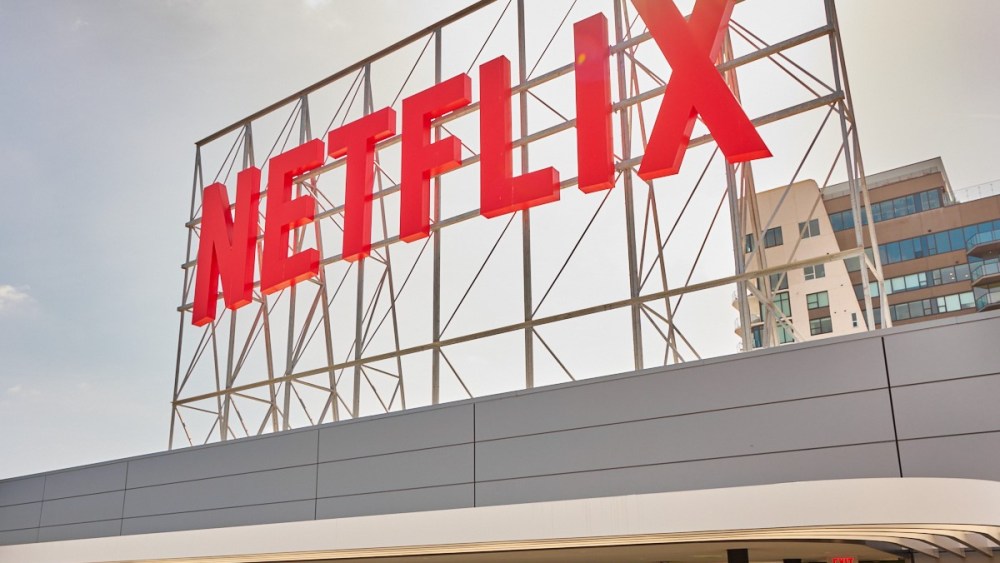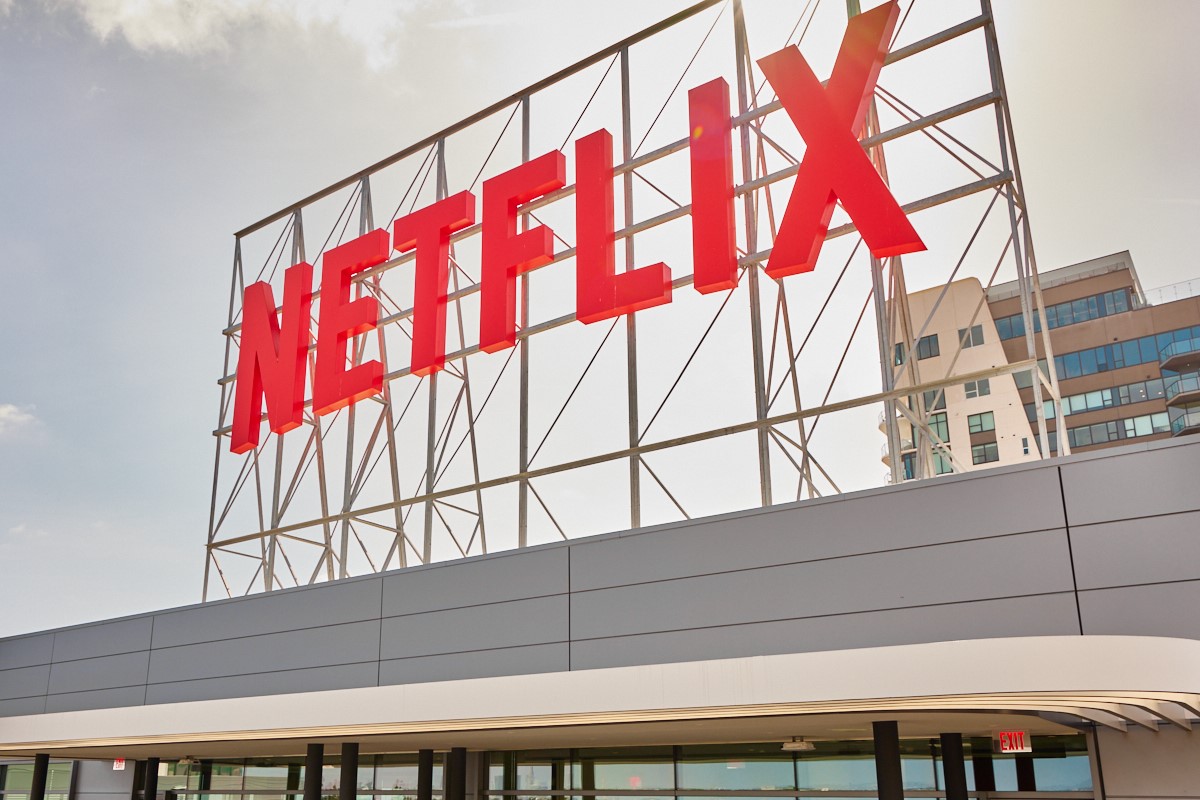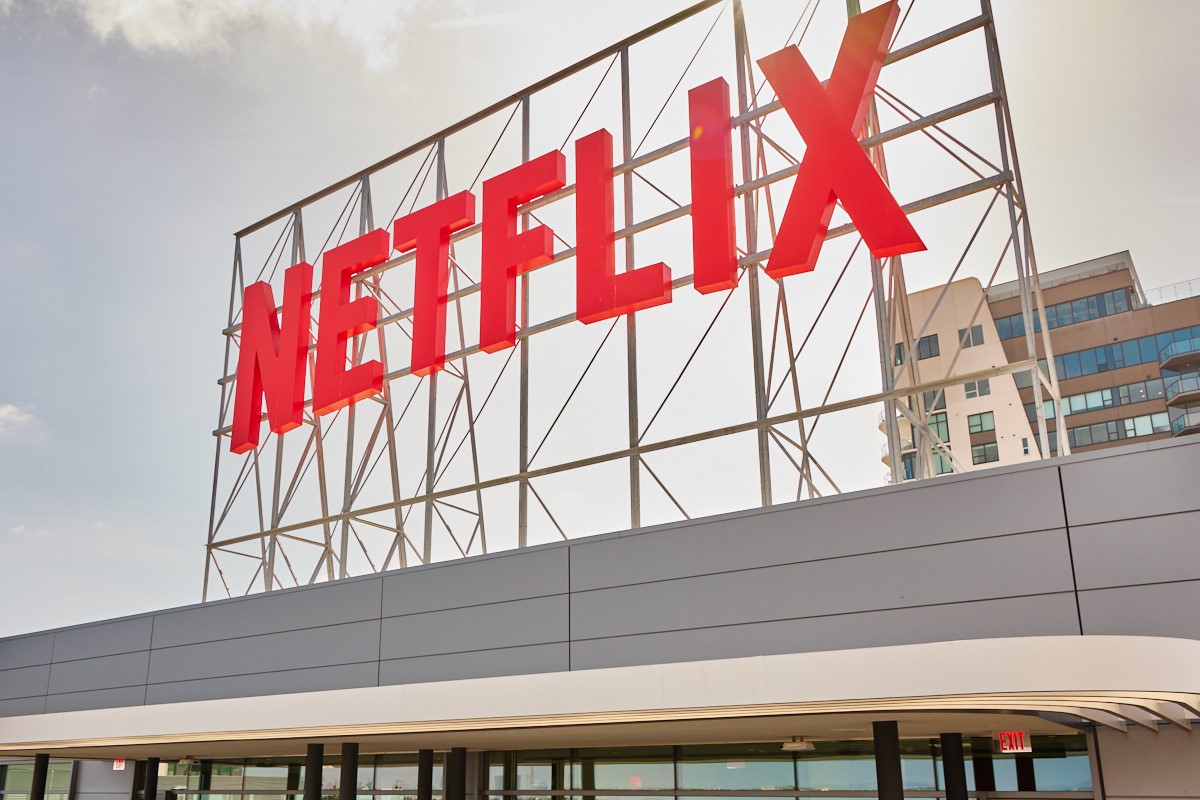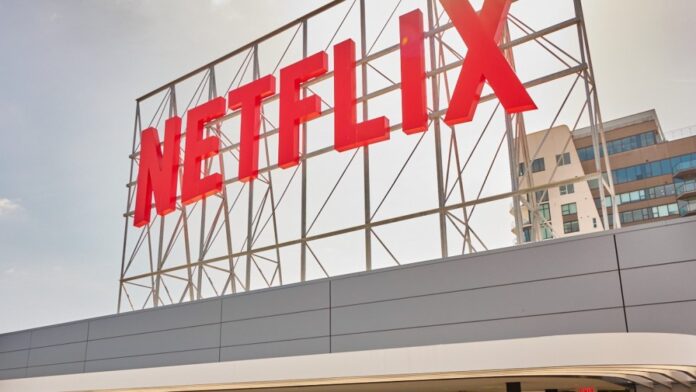“Buckle up, binge-watchers! Netflix is once again pulling the trigger on a price hike, and this time it’s targeting both its ad-supported and premium subscribers in the U.S. The streaming giant has announced its latest rate increase, marking the first time the ad-tier has seen a price bump since its launch last year. As the streaming wars heat up, Netflix is seemingly betting big on its ability to pass on increased costs to its subscribers. But will this move pay off, or will viewers start to rethink their memberships? Dive in to find out what’s behind the price hike, and how it might impact your wallet.”
New Pricing Structure

Netflix has announced a new pricing structure for its US subscribers, with increases across most plans in the country. The changes include a $2.50 hike for its Standard plan without ads, which will now cost $17.99 per month. The ad-supported tier will also see its first price increase, rising to $7.99 per month from $6.99. The Premium tier, which offers four simultaneous streams, will increase by $2 to $24.99 per month. Additionally, the cost of adding an Extra Member to a primary account will rise from $7.99 to $8.99 per month.

Standard Plan Without Ads
The Standard plan without ads will now cost $17.99 per month, a $2.50 increase from its previous price of $15.49. This plan provides two simultaneous HD streams and has not seen a price increase in three years.

Ad-Supported Tier
The ad-supported tier will now cost $7.99 per month, a $1 increase from its previous price of $6.99. This plan provides a more affordable option for subscribers who are willing to watch ads in exchange for a lower monthly fee.
Premium Tier
The Premium tier, which offers four simultaneous streams, will now cost $24.99 per month, a $2 increase from its previous price of $22.99. This plan is designed for subscribers who require multiple streams at the same time.
Extra Member Cost
The cost of adding an Extra Member to a primary account will rise from $7.99 to $8.99 per month. This feature allows subscribers to add additional profiles to their account, making it easier to manage multiple users.
Why the Price Increase?
Netflix has cited its investment in programming and value for its members as the reason for the price increase. The company believes that its new pricing structure will allow it to continue delivering high-quality content to its subscribers while also improving its offering for advertisers.
Investment in Programming
Netflix has been investing heavily in its original content, including popular shows like “Stranger Things” and “The Crown.” The company believes that this investment will continue to pay off in the form of increased subscriber growth and revenue.
Improving Offering for Advertisers
Netflix is also looking to improve its offering for advertisers, with plans to scale up its ad-supported plans in 2025. The company believes that its ad-supported plans will provide a more targeted and effective advertising experience for its clients.
Scaling Up Ad-Supported Plans
Netflix plans to scale up its ad-supported plans in 2025, which will provide more opportunities for advertisers to reach its subscribers. The company believes that this will help it to increase its advertising revenue and reduce its reliance on subscription fees.
Implications and Analysis
The price increase is likely to have implications for Netflix’s competition, as well as its subscribers and revenue. Industry experts believe that the price increase will help Netflix to maintain its leadership position in the streaming market.
Impact on Competition
The price increase is likely to make it more difficult for Netflix’s competitors, such as Disney+ and HBO Max, to compete with the company’s pricing and content offerings. This could lead to a consolidation of the streaming market, with smaller players struggling to compete with Netflix’s scale and resources.
Impact on Subscribers and Revenue
The price increase is likely to have a mixed impact on Netflix’s subscribers. Some subscribers may be willing to pay the higher price for access to Netflix’s content, while others may choose to cancel their subscriptions or switch to a lower-priced option. The company’s revenue is likely to increase as a result of the price increase, although it may also face pressure from subscribers who are unwilling or unable to pay the higher price.
What This Means for the Future of Streaming
The price increase is likely to have significant implications for the future of streaming. As the market becomes increasingly competitive, companies like Netflix will need to continue to innovate and adapt to changing consumer preferences. The price increase is likely to be just the beginning of a new era of pricing and competition in the streaming market.
Conclusion
In conclusion, the recent announcement by Netflix to raise prices in the U.S. yet again, including its ad-supported tier, marks a significant turning point in the streaming giant’s strategy to maintain its market dominance. The article highlights the escalating cost of the premium subscription tier, which now stands at $20 per month, as well as the introduction of a new price point for the ad-supported option, which will cost $6.99 per month. These price hikes come amidst a backdrop of increased competition in the streaming market, with rivals such as Disney+, HBO Max, and Amazon Prime Video offering competitive alternatives.
The implications of these price hikes are far-reaching, with consumers facing a daunting array of options and price points to navigate. As the streaming landscape continues to evolve, it is clear that Netflix will need to adapt to changing consumer preferences and behaviors to remain relevant. Moreover, the company’s decision to raise prices on its ad-supported tier may have significant implications for advertisers, who will need to reassess their marketing strategies to reach their target audiences.
As the streaming wars continue to rage on, it is clear that the future of entertainment is being shaped by the evolving preferences and habits of consumers. Netflix’s decision to raise prices yet again serves as a reminder of the importance of adaptability and innovation in a rapidly changing market. As the battle for streaming supremacy continues, one thing is certain: the future of entertainment will be shaped by those who can best navigate the ever-changing landscape of consumer preferences and technological advancements.
